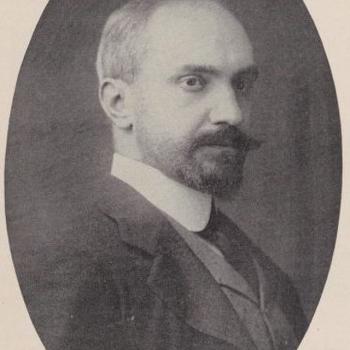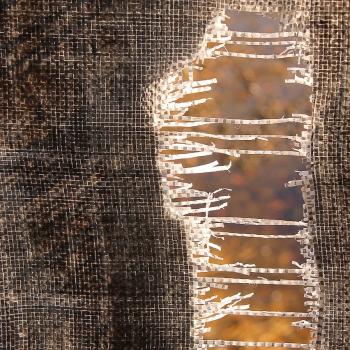We can outwit our brain’s negative circuitry and tilt ourselves toward the good in life.
The inner strengths we all need to cope with life and enjoy it – strengths like resilience, positive emotions, confidence, and feeling loved – are based on underlying neural structures.
Most inner strengths come from positive experiences. But to help our ancestors survive in harsh conditions, the brain evolved what scientists call a “negativity bias” that rapidly turns negative experiences into neural structure.
Meanwhile, most positive experiences wash through the brain like water through a sieve, momentarily pleasant but with no lasting value. In effect, the brain is like Velcro for the bad but Teflon for the good.
Consequently, the negativity bias creates a kind of bottleneck that makes it hard to get inner strengths into the brain. We end up feeling a lot more frazzled, worried, irritated, lonely, and blue than we deserve to. Plus it’s harder and slower to heal from painful experiences (sometimes reaching back to childhood), to let go of stress, to learn new relationship skills, or to become more confident and contented.
This is why I developed the four simple HEAL steps, which are based on the science of emotional learning: how to change your brain for the better.
These steps take just a few minutes a day in the flow of life, but they gradually weave specific inner strengths into your brain, such as calm, determination, self-worth, optimism, gratitude, self-compassion, and feeling loved.
And there are some nice bonus benefits: using these HEAL steps, you’ll be treating yourself like you matter, you’ll be active rather than passive, and you’ll be gradually sensitizing your brain to positive experiences so it will get faster at turning these into lasting inner strengths.
Simple Practices
Let good facts become good experiences!
Good facts include positive events – like finishing a batch of e-mails or getting a compliment – and positive aspects of the world and yourself.
Most good facts are ordinary and relatively minor – but they are still real. You are not looking at the world through rose-colored glasses, but simply recognizing something that is actual and true.
When you’re aware of a good fact – either something that currently exists or has happened in the past – let yourself feel good about it.
So often in life a good thing happens – flowers are blooming, someone is nice, a goal’s been attained – and you know it, but you don’t feel it.
This time, let the good fact affect you, stay with it for ten, twenty, even thirty seconds in a row, and then sense that this experience is sinking into you. Try to do this at least a half dozen times a day.
It usually takes only half a minute or so – there is always time to take in the good! You can do it on the fly in daily life, or at special times of reflection, like just before falling asleep (when the brain is especially receptive to new learning).
Feeling Better
Almost any time you use the HEAL steps to take in the good, you will feel better in the moment. Really!
It’s not magic: you are simply staying with a positive experience in the privacy of your own mind, helping it last, protecting it, feeling it in your body, letting it become more intense and weave its way into you. This will naturally bring good feelings at the time.
Additionally, through the power of what scientists call experience-dependent neuroplasticity, you’ll be gradually changing your brain from the inside out.
This is real change, not a quick fix, and not mere positive thinking, which is usually wasted on the brain. Your hardiness and happiness will shift step by step in a positive direction. It will feel real and authentic – because it is.
In a deep sense, by building up the sense of being already happy, loved, and peaceful, you won’t have to search for those feelings outside yourself. Your well-being will become increasingly unconditional, less dependent on external conditions like a partner being nice or a good day at work.
In turn, this will create positive cycles: feeling better, you will act better, so you’ll be more successful and others will treat you better, which will help you feel even better.
It’s good to get good at taking in the good!
The post How to Hardwire Your Brain for Happiness appeared first on Dr. Rick Hanson.















